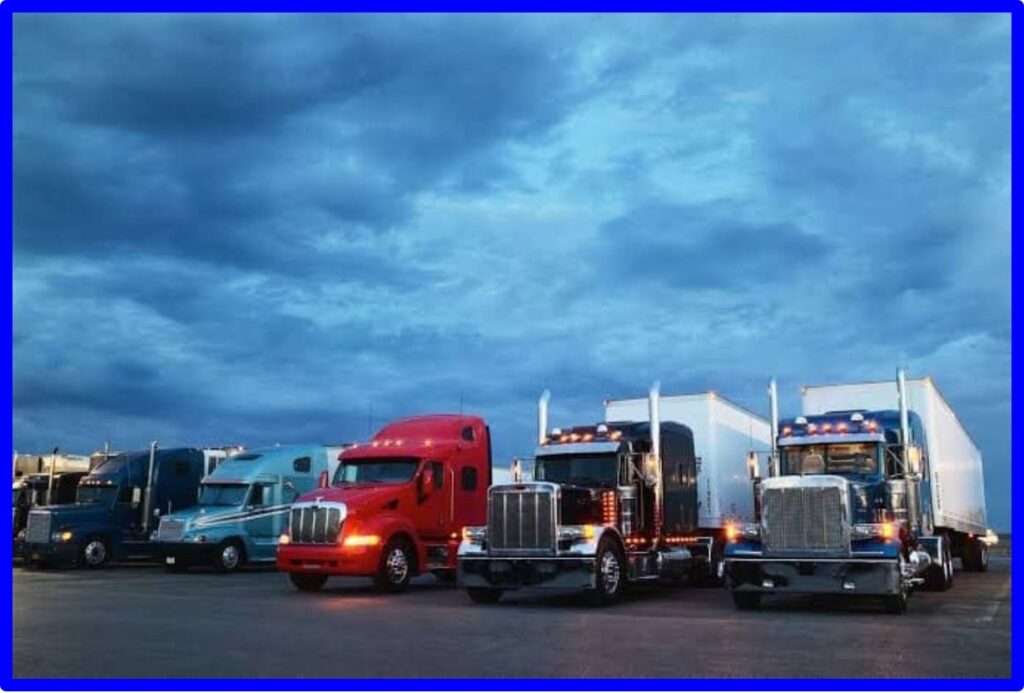Ever noticed those colorful signs with symbols and numbers on the backs of trucks? They are part of a complex regulatory framework designed to ensure the safe transportation of hazardous materials. These materials include dangerous gases, poisons, harmful chemicals, corrosives, and radioactive substances. With approximately 3 billion pounds of hazardous materials moving across the United States each year, the risk is real, but the regulations help mitigate it.
Transporting hazardous materials poses risks to workers and the environment. As an operations and logistics expert, I have studied this intricate field for years. Despite stringent regulations, hazardous material spills from truck and rail transportation remain relatively unavoidable. However, robust rules can minimize these incidents.
Hazardous materials are classified into nine categories based on the risks they pose during transport and handling. These classifications guide shippers in selecting appropriate packaging and transportation methods, while also informing emergency responders of potential dangers in the event of a spill or accident.
A network of agencies regulates hazardous materials across the entire supply chain. The Occupational Safety and Health Administration (OSHA) governs the proper handling of hazardous materials at their source. The US Environmental Protection Agency (EPA) manages disposal and oversees spill responses. The US Department of Transportation (DOT) regulates the movement of hazardous materials through various administrations.
The Pipeline and Hazardous Materials Safety Administration (PHMSA) oversees transportation by truck, rail, pipeline, and ship. The Federal Railroad Administration (FRA) regulates rail shipments, while the Federal Highway Administration (FHWA) oversees road transportation. The Federal Aviation Administration (FAA) manages hazardous materials transported by air.
The Hazardous Material Transportation Act of 1975 is a pivotal regulation designed to protect people and property from transportation-related risks. It empowers the Secretary of Transportation to designate hazardous materials, set packaging requirements, and develop operating rules. PHMSA establishes regulations for packaging, labeling, and handling procedures, along with training requirements for workers.
For hazardous material transportation by road, companies must use specific vehicles and drivers with specialized training and a hazardous materials endorsement on their commercial driver’s license. Rail shipments require rail cars to meet strict physical and structural specifications, including pressure release devices and thick tanks. Both truck and rail carriers must have emergency response plans in place.
Security is also a significant concern. PHMSA’s regulations aim to prevent theft or sabotage of hazardous materials by ensuring only authorized personnel have access to shipments. These regulations may involve background checks for workers, secure storage facilities, and tracking systems.
Despite increased hazardous material shipments and incidents in the past decade, adherence to these regulations helps ensure the safe transport of dangerous substances. Compliance minimizes the risk of accidents, injuries, and environmental harm, safeguarding workers and the public.






